5 Things You Didn't Know About Sunscreen
5 Things to Know Before You Buy Sunscreen
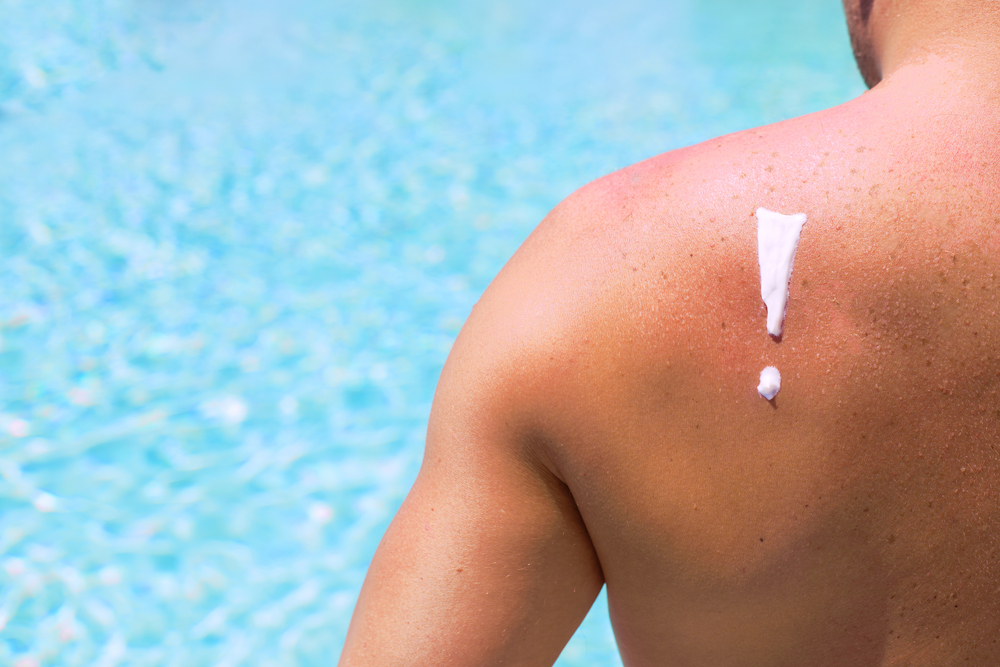
A stroll down the sunscreen aisle can be a stressful experience.
Water-resistant? Broad spectrum? SPF 100? How do you know what's really the best sunscreen for your skin and overall health?
Each year, the Environmental Working Group releases its guide to buying sunscreen. The EWG is an independent advocacy group focused on public health and environmental issues based in Washington, D.C. [Full story: New Sunscreen Recommendations for 2017: Here's What to Look For]
Read on for some of the group's best tips.
Sunscreen is your last resort
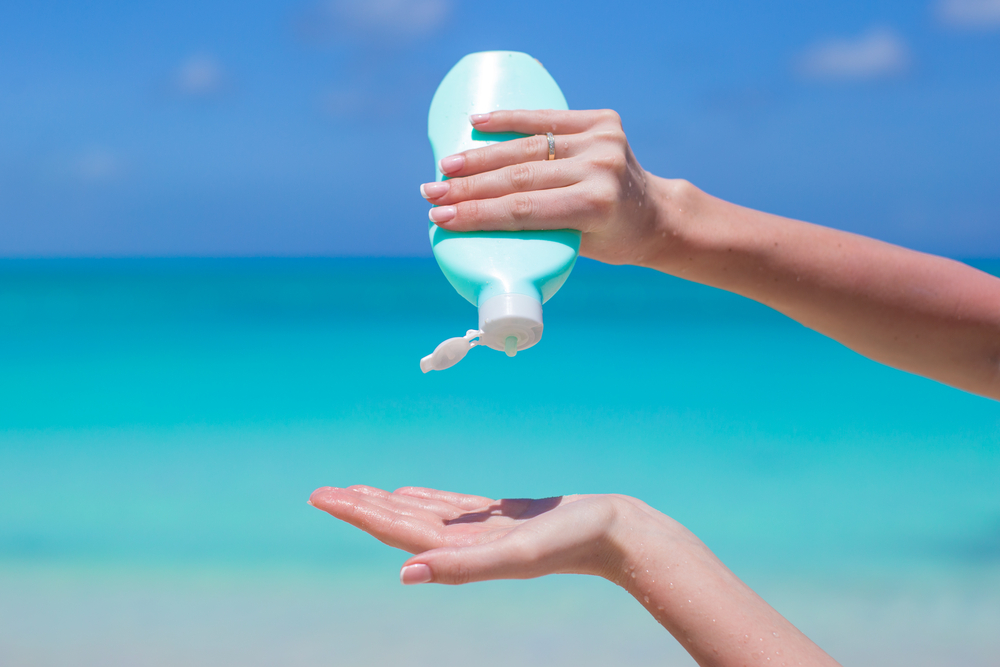
For sun protection, sunscreen should be the last step you take, according to the EWG.
This doesn't mean that sunscreen isn't important; this guideline is not an excuse to skip out on slathering on the lotion. But other precautions also play a big role.
For example, your clothes can reduce your risk of a sunburn by 27 percent, the EWG says. And staying in the shade is important, particularly for infants: Keeping little ones in the shade can reduce their risk for multiple burns by 30 percent.
The EWG also recommends that people wear sunglasses to protect their eyes from UV rays; plan outings in early morning or late afternoon, when the sun is lower in the sky; and check the UV index (a measure of how strong the sun's rays are) before heading out.
SPF: Bigger isn't better
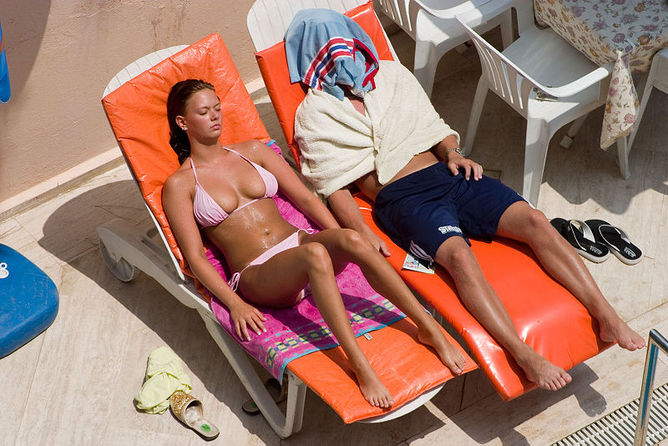
It seems like the sunscreen industry makes products with higher and higher SPFs each year.
SPF, or sun protection factor, is a measure of how much sun a person wearing a particular sunscreen can be exposed to without getting a sunburn, compared with how much sun he or she could be exposed to without any type of protection, according to the Food and Drug Administration (FDA).
But the FDA has called sunscreens with an SPF of 50 or higher "inherently misleading."
These high-SPF sunscreens provide only slightly better sun protection than lower-SPF sunscreens, for example, according to the EWG. Properly applied, an SPF 50 sunscreen blocks 98 percent of the type of sunlight that causes reddening and sunburn, called UVB rays, and a SPF 100 sunscreen blocks 99 percent. But many people think these higher-SPF products mean individuals wearing the sunscreens can spend more time in the sun, however, this is not the case.
In addition, SPF refers only to protection against UVB rays, which cause the skin to redden and burn. A person may think that because his or her skin isn't getting red, there's no damage. However, damage from UVA rays can still occur, according to the EWG.
Don't depend on cancer prevention
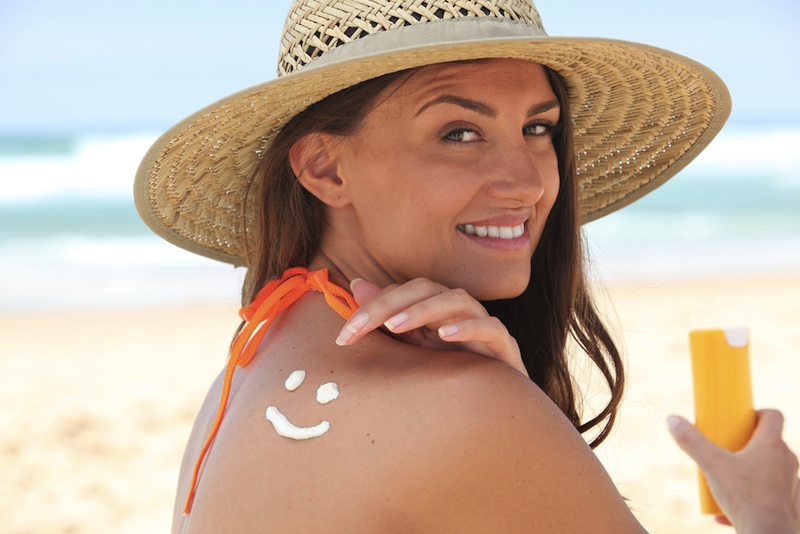
Scientist know that sun exposure causes skin cancer. So shouldn't sunscreen, which protects skin from sun exposure, prevent cancer or lower the risk?
In fact, public health groups, including the FDA, the National Cancer Institute and the International Agency for Research on Cancer, say that data does not support the idea that sunscreens alone can reduce the rates of all types of skin cancer, according to the EWG.
Instead, studies have shown that people who rely solely on sunscreen to protect their skin are more likely to get sunburns, which are linked to skin cancer, than those who also protect themselves in other ways, the EWG says.
But another factor may be that sunburns aren't the only things that can lead to skin cancer. UVA rays, which don't cause visible damage, can also cause changes that lead to cancer. Though sunscreens protect against both UVA and UVB rays, these products offer less protection against UVA rays, meaning that UVA damage can start to happen before visible, UV-B damage.
Ideally, sunscreens would protect against both forms of UV rays in similar ways, the EWG says. In Europe, for example, many American products can't be sold, because they don't meet the stricter European requirements for UVA protection, the EWG says.
Sunscreens protect against sunburn – but not much else
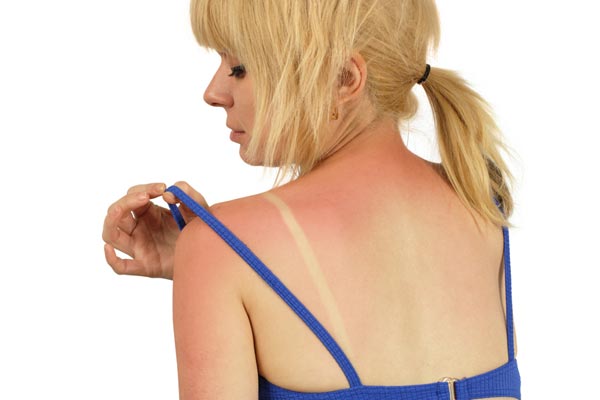
Sunburns are only one of the ways that the sun can damage the skin. But even if your skin doesn't burn in the sun, it can still be damaged, the EWG says. [How to Protect Yourself from Sun and Heat in 2017]
For example, UVA rays, which sunscreens often fail to block sufficiently, can penetrate deeper into the skin and generate free radicals, according to the EWG. These free radicals can react with many molecules in the body, and can damage DNA and speed up skin aging, the EWG says.
The best ingredient for blocking UVA rays is zinc oxide, which is used in some susncreens, according to the EWG.
Watch out for too much vitamin A
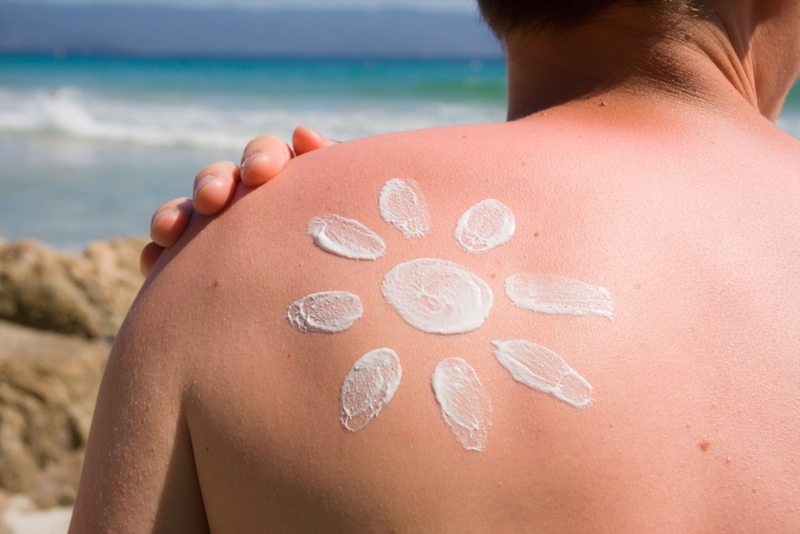
Nearly 14 percent of the sunscreens that the EWG reviewed in its 2017 sunscreen guide contain a type of vitamin A called retinyl palmitate. The compound is often added to cosmetic products to help fight skin aging.
Several studies in animals have suggested that the compound may increase the risk for skin cancer. For example, a 2012 study in hairless mice found that the compound increased risk for certain tumors, according to the National Toxicology Program. However, the findings have not been confirmed in humans. Still, the EWG recommends that people avoid products that contain retinyl palmitate and notes that the compound isn't used in European sunscreens.
Originally published on Live Science.
Sign up for the Live Science daily newsletter now
Get the world’s most fascinating discoveries delivered straight to your inbox.












